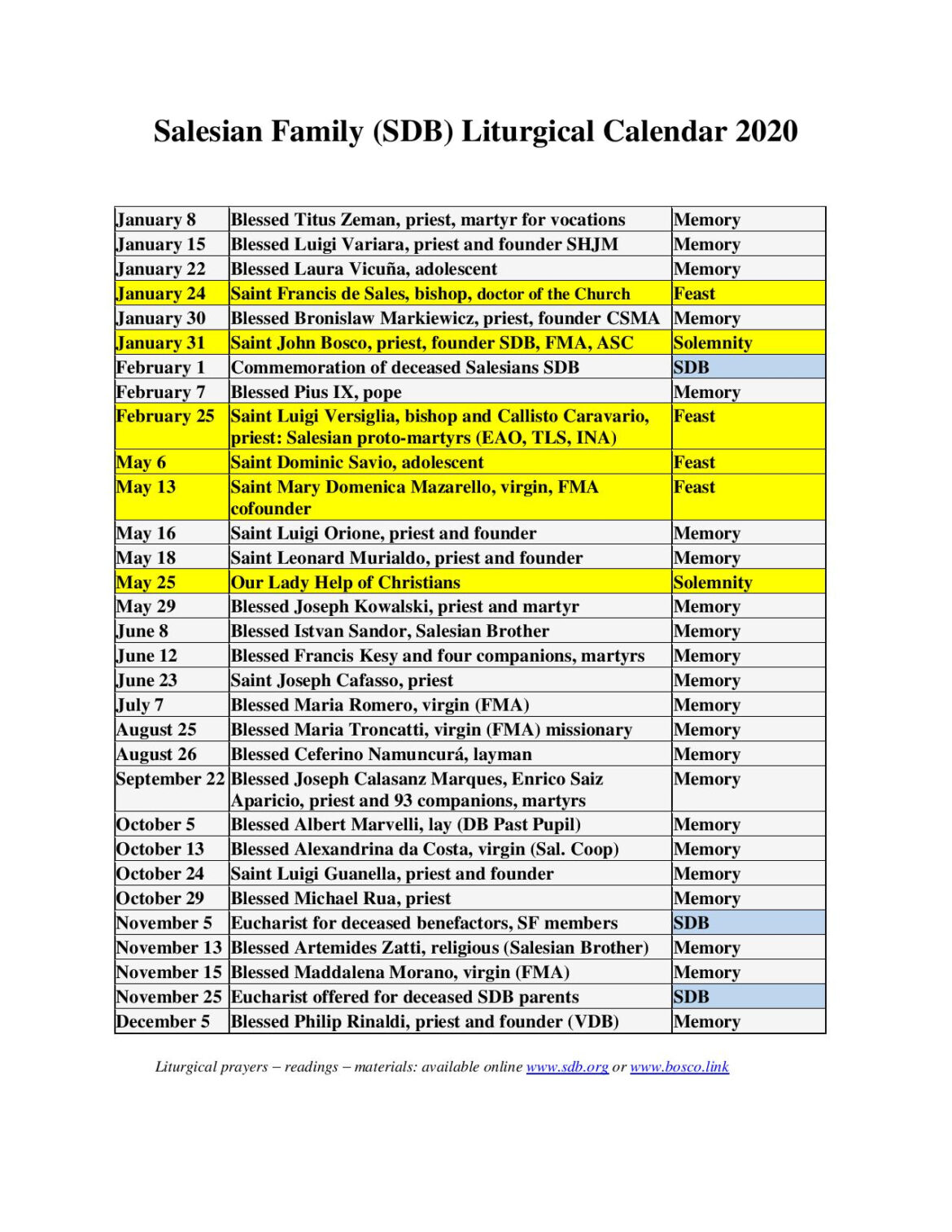As the pages of the calendar turn towards the year 2025, Christians around the globe begin to ponder an important question: When is Catholic Easter 2025? This question not only anchors the liturgical year but also invites a journey into the depths of faith and tradition, as the date of Easter is neither fixed nor straightforward. Let us delve into the historical context, the method of calculation, and the rich tapestry of traditions that characterize this solemn yet joyous occasion.
In 2025, Catholic Easter Sunday will be celebrated on April 20. This date is part of a fascinating, yet intricate, system that has evolved over centuries, dating back to the early Christian church. The determination of Easter is based on the lunisolar calendar, specifically the Paschal Full Moon, which is the first full moon following the vernal equinox. This method aims to approximate the timing of the resurrections as recounted in the Gospels, aligning the celebration with the rhythms of nature.
The Church adheres to a formula that establishes Easter as the first Sunday after the first full moon on or after the 21st of March. This complex calculation stems from various historical sources and theological considerations, resulting in a movable feast that can fall anywhere between March 22 and April 25 each year. The year 2025 finds a unique place in this continuum, as it falls later in the calendar cycle, allowing for an extended period of reflection and preparation during Lent for many believers.
The Catholic tradition surrounding Easter is rich with symbols and observances that highlight its significance. Lent, the 40-day period of fasting, prayer, and penance leading up to Easter, serves as a spiritual preparation that enhances the observance of the Resurrection. Lent begins on Ash Wednesday, which in 2025 will be on February 19. This solemn observance, marked by the imposition of ashes, signifies repentance and an invitation to undergo a personal transformation.
As the solemnity of Lent unfolds, the faithful engage in various practices that remind them of their spiritual commitments. The Friday penitential observances, which often include abstaining from meat, touch upon the sacrificial nature of faith and devotion. Additionally, many communities partake in the Stations of the Cross, a powerful meditation on the Passion of Christ that invites participants to walk the path of suffering alongside Jesus.
Holy Week, the climax of the Lenten experience, is a kaleidoscope of emotions and profound events. It commences with Palm Sunday, celebrated on April 13 in 2025. This day recalls Christ’s triumphant entry into Jerusalem, an event that stirs the hearts of believers. Palms are blessed and distributed, and processions often take place, engaging the community in a powerful reenactment of this pivotal moment in salvation history.
As Holy Week progresses, Maundy Thursday arrives to commemorate the Last Supper, during which Jesus instituted the Eucharist and washed the feet of His disciples. The liturgy is rich with symbolism, emphasizing themes of humility and service. The atmosphere becomes even more hushed and reverent as Good Friday approaches, a day devoted to the solemn remembrance of the Crucifixion. Each of these days serves as a poignant reminder of the passion, agony, and ultimately, the hope found in Christ’s sacrifice.
Then comes the Easter Vigil on the night preceding Easter Sunday, a liturgical extravaganza that incorporates fire, water, and the Word. It is a ceremony of profound significance, wherein the light of Christ is symbolically dispelled into the darkness. As the paschal candle is lit, the faithful are reminded of the light of Resurrection piercing through the shadows of despair. The Vigil concludes with the joyous proclamation of the Resurrection during the Easter Sunday Mass.
The observance of Easter itself is a celebration of unparalleled joy and hope, marking the fulfillment of biblical prophecy and the foundation of Christian faith. Churches are adorned with flowers, bells ring, and hymns of praise resonate, creating an atmosphere of exuberant worship. The traditional greeting, “Christ is Risen!” met with “Indeed, He is Risen!” embodies the essence of this celebration, reinforcing the promise of eternal life and salvation.
Celebrations extend beyond the walls of the church, spilling into homes and communities where families gather for festive meals and joyful activities. Traditional Easter dinners often include symbolic dishes, such as lamb, eggs, and sweet breads, each carrying their symbolism of new life and resurrection. In some cultures, special games and egg hunts add a lighthearted touch to the festivities, fostering fellowship and joy among families and communities.
As Easter Sunday concludes, the Easter season continues for a full 50 days, culminating in Pentecost. This extended celebration allows the faithful to reflect on the implications of the Resurrection throughout their lives. It invites believers to explore how they can live out their faith in everyday actions, embracing the message of hope, redemption, and love evident in the Easter narrative.
In conclusion, Catholic Easter 2025 on April 20 will not only mark a date on the calendar but will embody a rich panorama of traditions, theological significance, and communal observances that resonate deeply within the hearts of believers. As the faithful embark on this sacred journey from Lent through Easter and into Pentecost, they are encouraged to reflect on the profound mystery of faith—an invitation to embrace transformation and renewal through the lens of Christ’s Resurrection. In a world yearning for hope, the message of Easter remains timeless and essential, inviting each believer to engage with the challenge and joy of living out their faith with purpose and authenticity.



